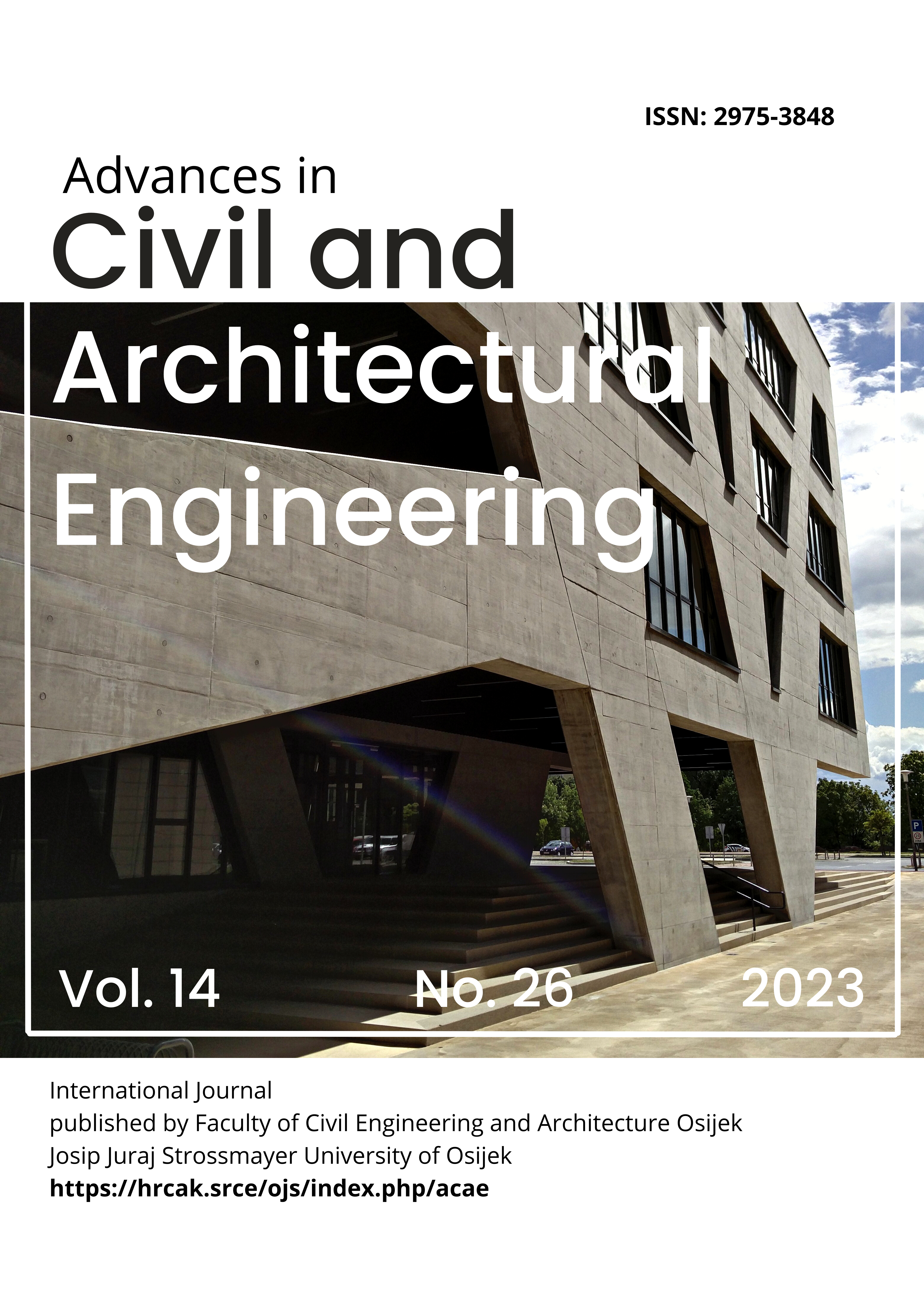REMOVAL OF FLUORIDE FROM DRINKING WATER THROUGH LOW-COST TECHNIQUES
DOI:
https://doi.org/10.13167/2023.26.6Abstract
Fluoride ions (F-) from natural sources or industrial wastewater are the main cause of many pathological conditions in people living in more than 25 countries. Thus, removing F- from drinking water is pivotal for preventing serious health consequences. The WHO recommends a limit of 1,5 mg/L for fluoride in drinking. Excessive amounts of fluoride in drinking water are prevalent in Pakistan, leading to related health risks. Low-cost techniques for the defluoridation of drinking water can be used. In this study, the removal of fluoride from drinking water by an adsorption method using low-cost materials/adsorbents, such as marble chips, wheat husks, rice husks, egg shells, concrete, fuller earth, fly ash, freshly fired bricks, and charcoal, at different contact times and different bed thicknesses were investigated. A batch sampling technique was used for sample collection. On average, marble chips, wheat husks, rice husks, egg shells, concrete, fuller earth, fly ash, freshly fired bricks, and activated charcoal (rice husk) resulted in 71,99 %; 90,99 %; 66,73 %; 90,99 %; 63,30 %; 71,99 %; 22,60 %; 49,67 %; and 90,13 % fluoride removal, respectively. Therefore, defluoridation using these materials is desirable. The performance of adsorbents depends on parameters such as contact time, depth of the adsorbent media, and pH. The bed thickness of the adsorbent has a minor effect on fluoride removal. The major contributors to fluoride removal from water are contact time and adsorbent composition.
Downloads
Published
How to Cite
Issue
Section
License
Copyright (c) 2023 Hira Ishtiaq; Norheen Amina; Amina Irfan; Habiba Mohsin, Ahsan Shahbaz

This work is licensed under a Creative Commons Attribution 4.0 International License.

